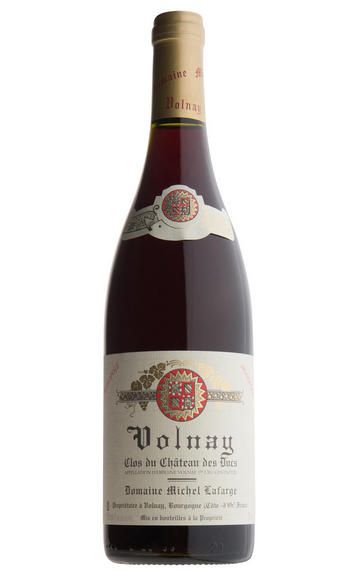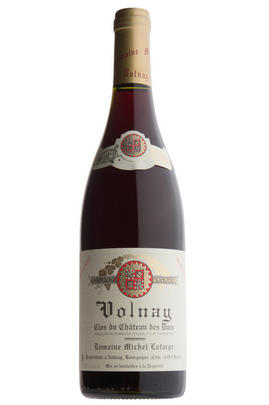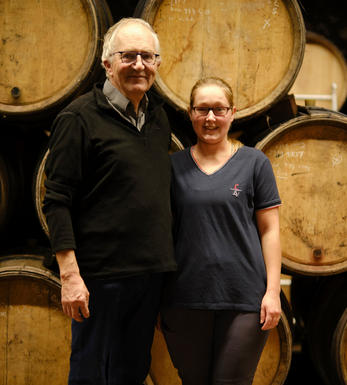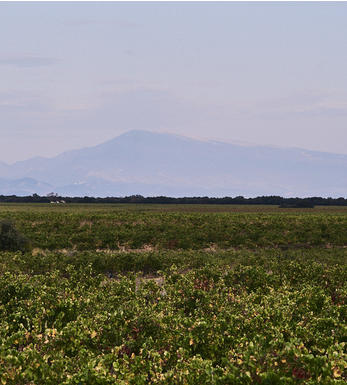
2011 Volnay, Clos du Château des Ducs, 1er Cru, Domaine Michel Lafarge, Burgundy

Critics reviews
Neal Martin - 30/11/2014
About this WINE

Domaine Michel Lafarge
Following the sad passing of Michel in January 2020, his son Frédéric and granddaughter Clothilde maintain his legacy – producing some of the greatest wines in Volnay.
There’s nothing modern in the winemaking at Domaine Michel Lafarge, though the meticulous care for their biodynamically farmed vineyards puts them at the forefront of viticultural practices.
In the vineyard
Vineyard work is usually assisted by the estate’s hens, who eat up any lurking pests. In ’14, Frédéric and Chantal (maiden name Vial) Lafarge decided to buy some Beaujolais vineyards, starting in Fleurie before expanding into Chiroubles and the Côte de Brouilly. The vineyards had all previously been run organically, and that continues under the Lafarge-Vial stewardship – along with biodynamic treatments.
In the winery
The grapes are destemmed and vinified traditionally; very little new oak is used in the cellar.

Volnay
The finest and most elegant red wines of the Côte de Beaune are grown in Volnay, a village which might be twinned with Chambolle- Musigny in the Côte de Nuits, for the high active chalk content in the soil and comparatively low clay content.
Whereas in earlier times Volnay was made in a particularly light, early drinking style, these days there are many producers making wines which age extremely well. The best vineyards run either side of the RN73 trunk road.- 98 hectares of village Volnay
- 115 hectares of Premier Cru vineyards (35 in all). The finest include Les Taillepieds, Clos des Chênes, Champans, Caillerets (including Clos des 60 Ouvrées) and Santenots in Meursault.
- Recommended producers: Lafarge, Lafon, de Montille

Pinot Noir
Pinot Noir is probably the most frustrating, and at times infuriating, wine grape in the world. However when it is successful, it can produce some of the most sublime wines known to man. This thin-skinned grape which grows in small, tight bunches performs well on well-drained, deepish limestone based subsoils as are found on Burgundy's Côte d'Or.
Pinot Noir is more susceptible than other varieties to over cropping - concentration and varietal character disappear rapidly if yields are excessive and yields as little as 25hl/ha are the norm for some climats of the Côte d`Or.
Because of the thinness of the skins, Pinot Noir wines are lighter in colour, body and tannins. However the best wines have grip, complexity and an intensity of fruit seldom found in wine from other grapes. Young Pinot Noir can smell almost sweet, redolent with freshly crushed raspberries, cherries and redcurrants. When mature, the best wines develop a sensuous, silky mouth feel with the fruit flavours deepening and gamey "sous-bois" nuances emerging.
The best examples are still found in Burgundy, although Pinot Noir`s key role in Champagne should not be forgotten. It is grown throughout the world with notable success in the Carneros and Russian River Valley districts of California, and the Martinborough and Central Otago regions of New Zealand.


Buying options
Add to wishlist
Description
Middling purple and nicely perfumed with some floral notes and rose petals, there are several layers of fruit here, atypical of Volnay. There is certainly a great deal more waiting here to present itself and again, it is another wine on great form in 2011.
Jasper Morris MW,Berrys' Burgundy Director
wine at a glance
Delivery and quality guarantee